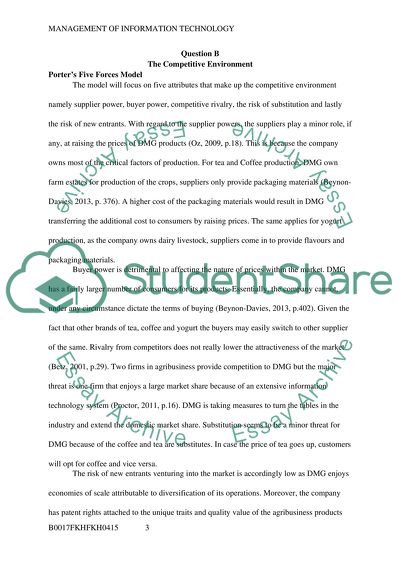Cite this document
(“MANAGEMENT OF INFORMATION TECHNOLOGY Essay Example | Topics and Well Written Essays - 2000 words”, n.d.)
MANAGEMENT OF INFORMATION TECHNOLOGY Essay Example | Topics and Well Written Essays - 2000 words. Retrieved from https://studentshare.org/information-technology/1698211-management-of-information-technology
MANAGEMENT OF INFORMATION TECHNOLOGY Essay Example | Topics and Well Written Essays - 2000 words. Retrieved from https://studentshare.org/information-technology/1698211-management-of-information-technology
(MANAGEMENT OF INFORMATION TECHNOLOGY Essay Example | Topics and Well Written Essays - 2000 Words)
MANAGEMENT OF INFORMATION TECHNOLOGY Essay Example | Topics and Well Written Essays - 2000 Words. https://studentshare.org/information-technology/1698211-management-of-information-technology.
MANAGEMENT OF INFORMATION TECHNOLOGY Essay Example | Topics and Well Written Essays - 2000 Words. https://studentshare.org/information-technology/1698211-management-of-information-technology.
“MANAGEMENT OF INFORMATION TECHNOLOGY Essay Example | Topics and Well Written Essays - 2000 Words”, n.d. https://studentshare.org/information-technology/1698211-management-of-information-technology.


